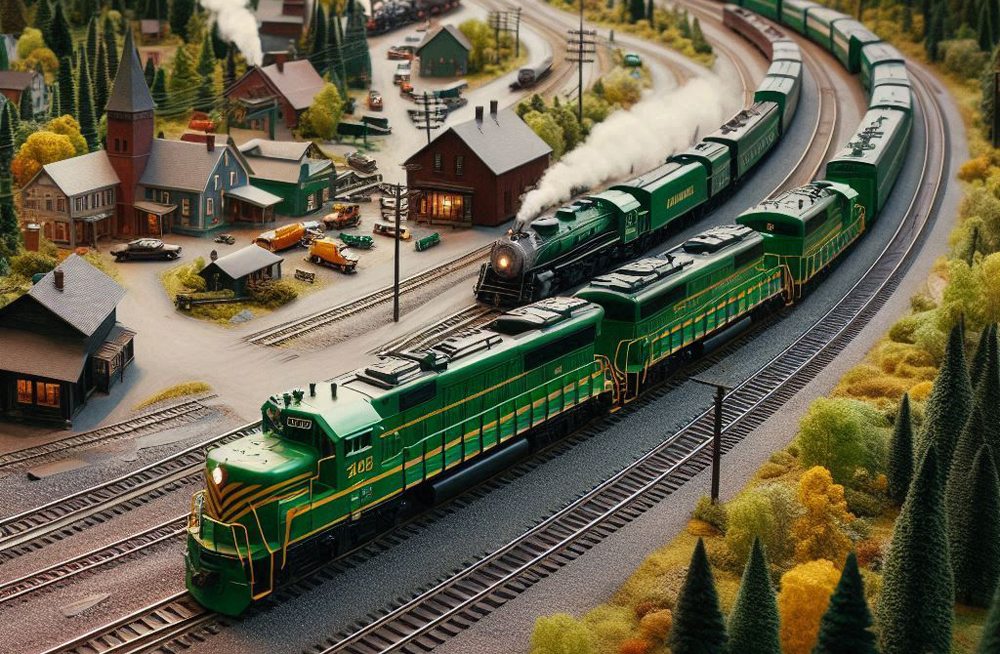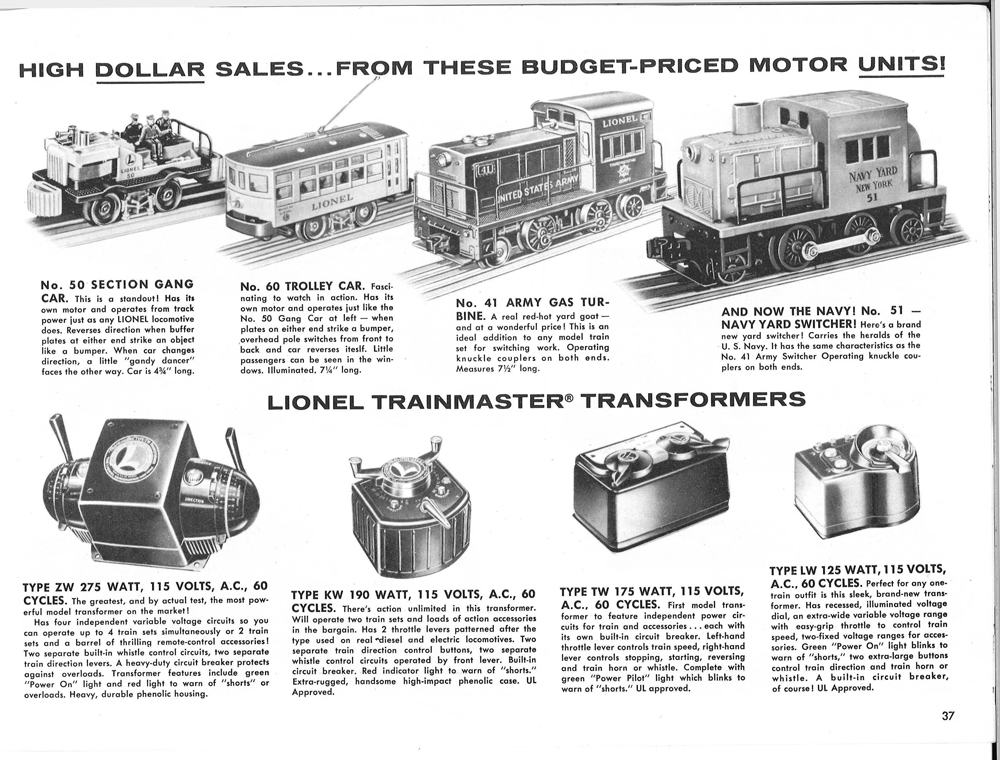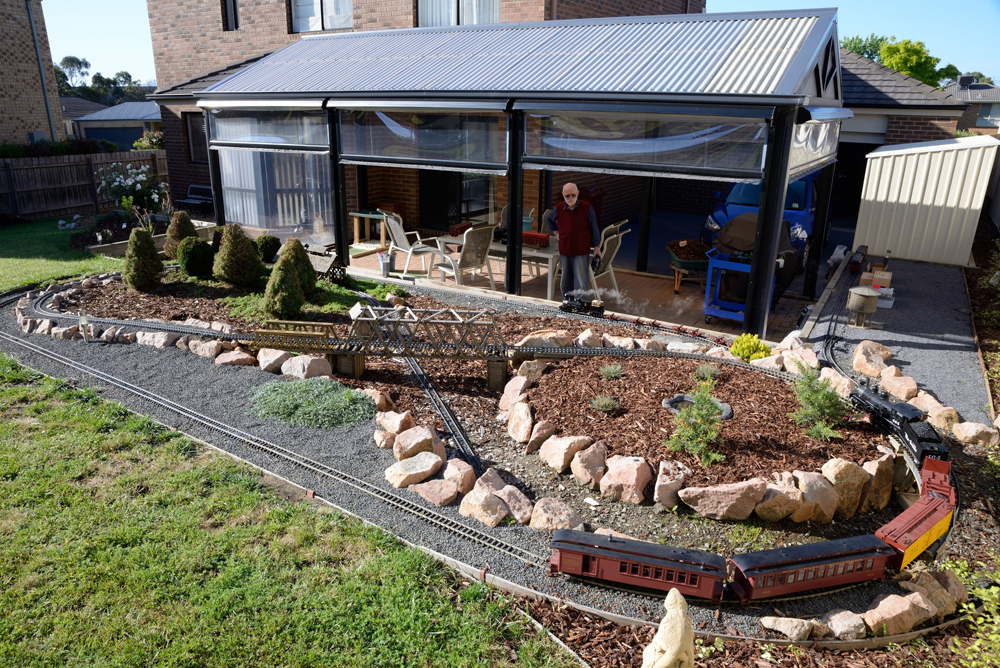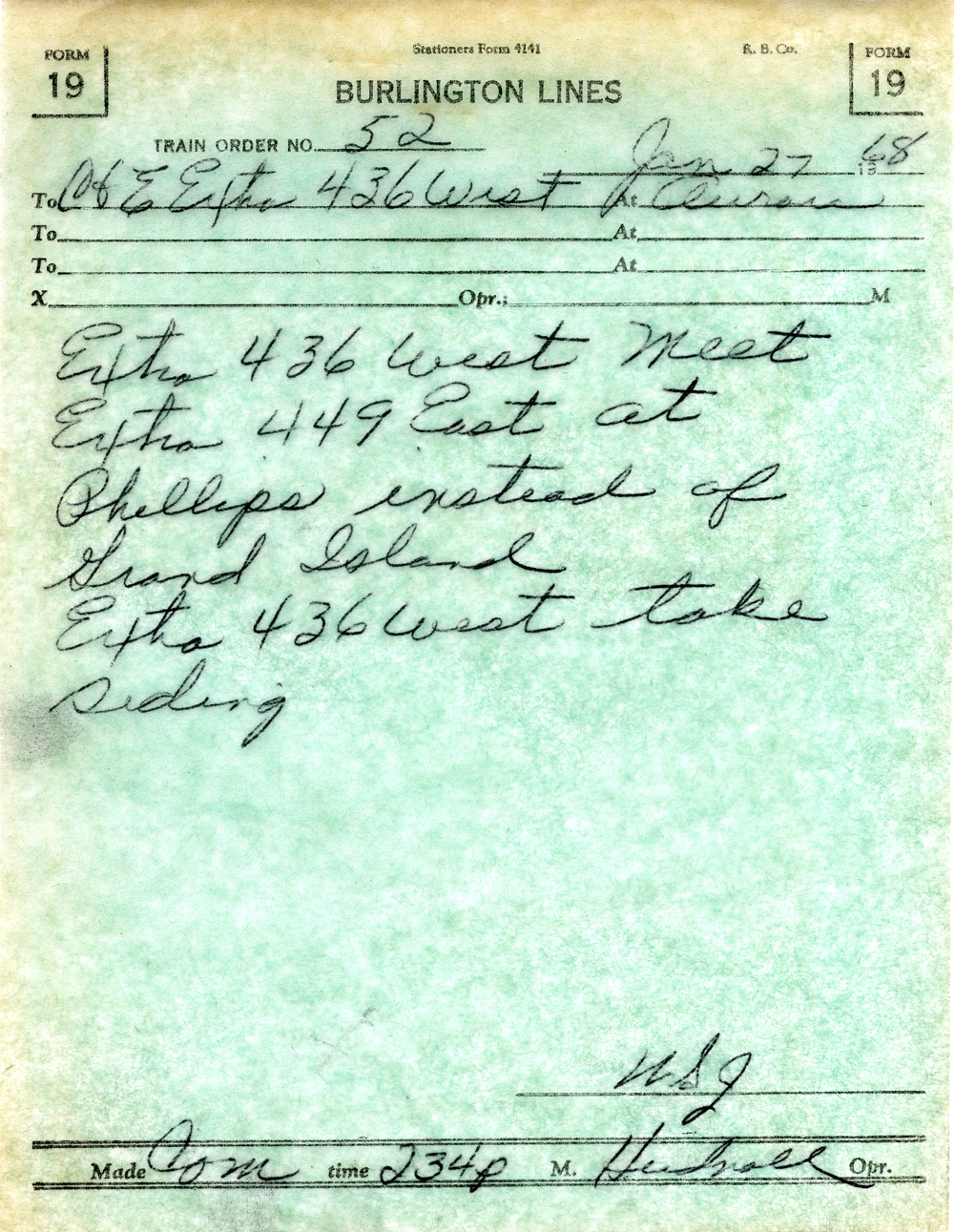Quality Craft’s Bob Weaver produced a lot of brass O gauge models in the early 2000s. One that had never been done up until the time it was released (and maybe not since) is Milwaukee Road’s F6-a Baltic in 2009.
What’s a Baltic? It’s a 4-8-4, more commonly known as a Hudson thanks to the New York Central. Milwaukee Road was the first to design such a locomotive in 1925. However, it didn’t have the money to take delivery of them until 1929. By then, NYC J-1 and -2 class engines were already in service.
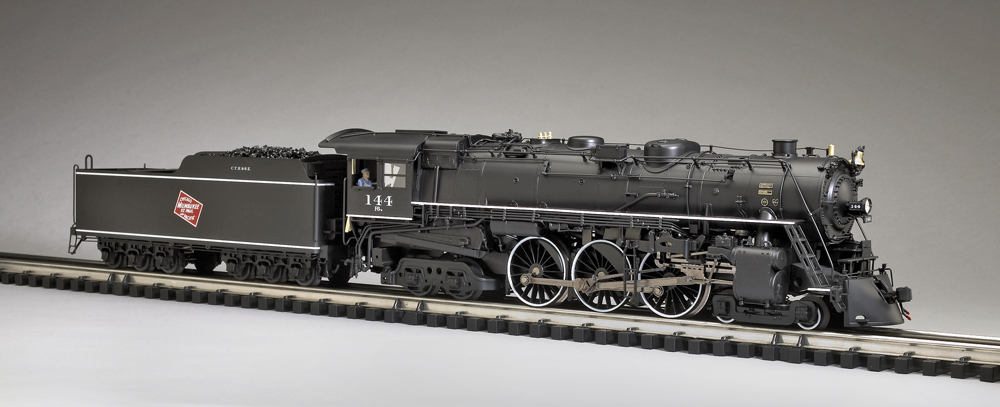
The Chicago, Milwaukee, St. Paul & Pacific ultimately ordered 28 Baltics in three classes – F6 (14), F6-a (8), and the streamlined F7 (6). They were primarily used to haul passenger traffic between Chicago and Minneapolis; a few saw service all the way to the eastern starting point of the railroad’s electrified lines.
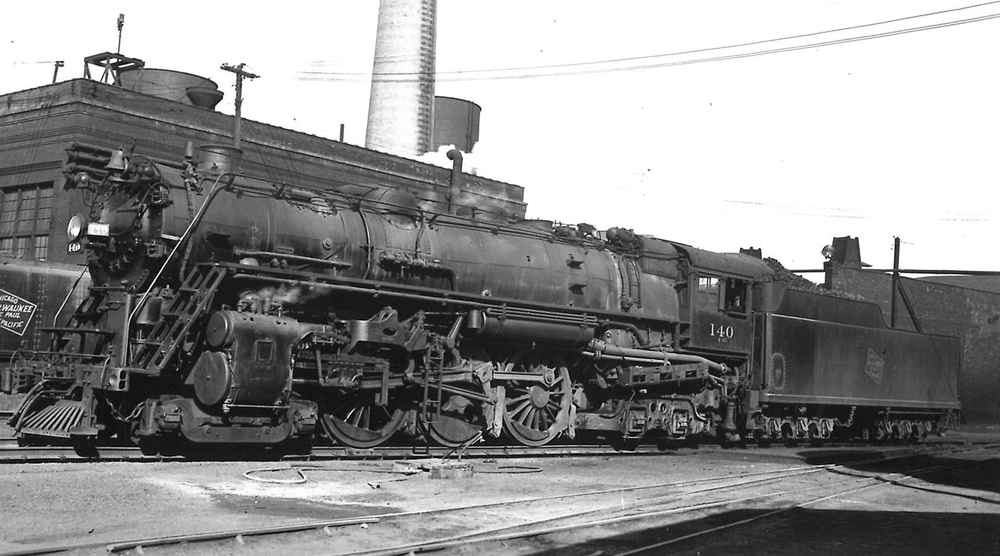
It’s claimed that a Milwaukee Baltic was the first steam engine to top 100 mph. The streamlined models have been recorded at 125 mph. The locomotives were well regarded and remained in service until the 1950s.
A unique face
As evidenced by the railroad’s 4-8-4s, it had its own way of doing things when it came to the front of a steam engine. This is captured nicely on the model. The headlight is off center in a low position. As you’re facing the engine, the bell is offset to the upper right, and the whistle is just behind it. The pilot is smooth, and gently curved forward. A coupler extends forward with two brake lines to the right. An uncoupler arm crosses above the pilot.
Just above is a maintenance platform for accessing the smokebox and headlight. The brass construction has exemplary detail for the latch and hinge detail of the smokebox door.
Classification lights are up top and a lanyard for the whistle on the fireman’s side runs back to the cab through the sand dome. The sand dome also has grab irons for crew access.
Ladders lead up from the pilot to the running boards, which run back to the cab. The cab itself is large and has opening roof vents. The firebox back-head detail is appropriately painted. The two crewmen are painted differently which is an improvement of the same figure being placed in the cab twice.
The rear of the cab has a rigid curtain, replicating one fixed in place.
Beautiful lines
The boiler is a first-class re-creation. The bands around it are clear and distinct. There are add-on pipes and conduit running along it, with some interesting lines above the firebox. There are also drains running down below the cab. Watch your fingers when handling the model.
I liked the front four-wheeled truck; it’s styled like a passenger car truck. The running gear has black spokes and silver tires. A neat feature is access ladders rising up to the running boards. These are positioned between the first and second drive wheels.
The 12-wheel tender looks great. The front of the tender near the cab has fine safety tread. Up top is an add-on chunk coal load. There is an add-on tandem and a backup light.
The rear deck features a water hatch that hides controls for speed control, sound, and programming. Smoke unit control is beneath the engineer’s side of the cab. The tender also hosts a coil coupler. A tether connects the tender and locomotive. There is a separate drawbar connecting the engine and tender.
Performance like the prototype
The 4-6-4 is equipped with Lionel’s TrainMaster and RailSounds systems, a Train America Studios smoke unit, and Engineer-On-Board speed control system.
The model had a low-speed average of 21.8 scale miles per hour while the high end was 75.3. Drawbar pull was 1 pound, 14 ounces, allowing it to pull a mix of postwar and contemporary passenger cars without issue. The sound package was good, and the speed control was very consistent.
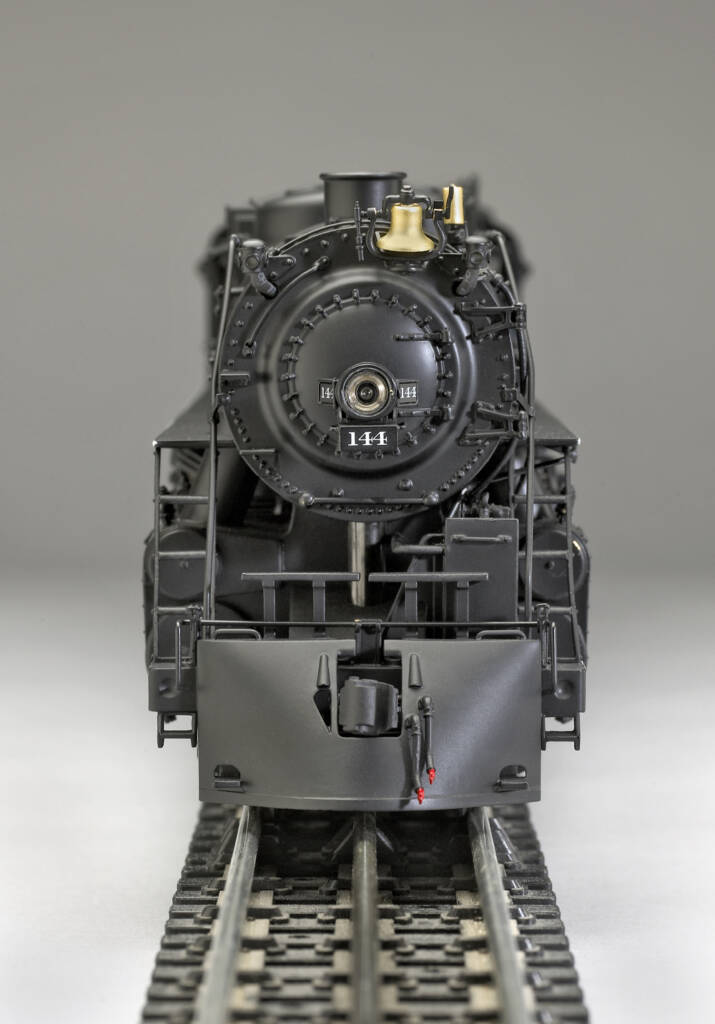
The model is 24 and 1/4 inches long and requires O-42 curves.
The brass Milwaukee Road 4-6-4 adds another distinctive steam-era locomotive from a popular Midwestern railway to the O gauge world. A unique design, full package of electronic features, and good performance made this a must for passenger fans and aficionados of Midwestern trains!
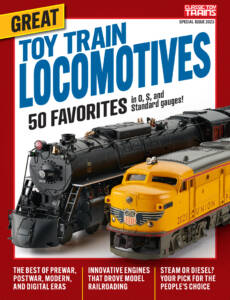 Like reading about locomotives? We’ve profiled more than 50 engines from 1900-2023 in our new special issue, Great Toy Train Locomotives!
Like reading about locomotives? We’ve profiled more than 50 engines from 1900-2023 in our new special issue, Great Toy Train Locomotives!
Read the original review: https://www.trains.com/ctt/news-reviews/reviews/o-gauge-milwaukee-road-4-6-4-by-weaver-models/
Learn more about the New York Central in Classic Train’s special issue. https://kalmbachhobbystore.com/product/special-issue/vt-cs16231101-c






